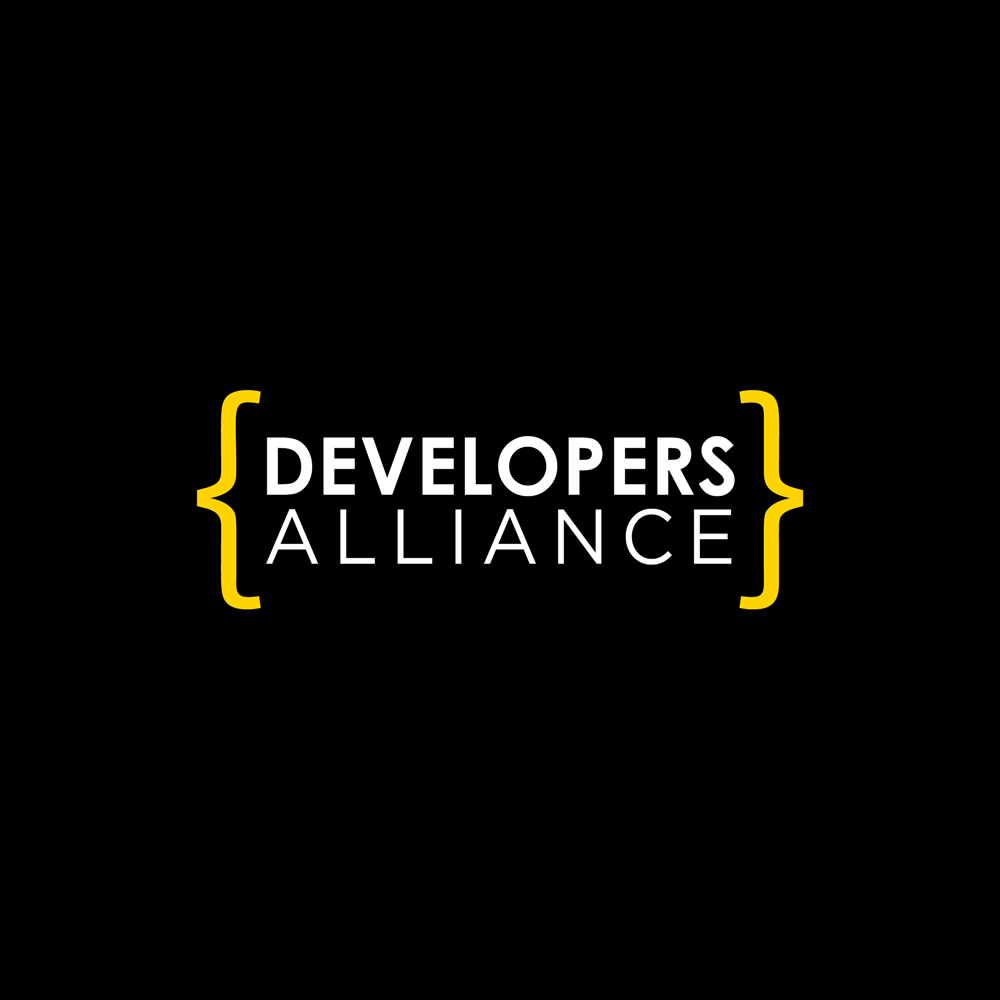As the expression goes, it’s important that the left hand knows what the right hand is doing. Optimal outcomes depend on multiple entities working in tandem. For developers, that means collaborating with industry experts to integrate cutting edge technologies into an existing marketplace. For example, developers work hand-in-hand with the media to change the way news is delivered, with retailers to change the way people shop, and with artists and agents to change the way people listen to music and watch movies. Developers are literally transforming the world around us.
Among these developer-led changes, healthcare is especially undergoing a digital revolution in the way services are delivered, administered, and prescribed. Bright minds in tech are solving problems by lowering costs for consumers, and more importantly, improving patient outcomes. Thanks to wearables and other technologies, doctors and patients are better able to communicate with each other. Developers are also enabling seniors to age, and patients to recover, in their own homes without frequent hospital visits by linking doctors and patients online.
As technologies continue to advance doctor-patient connectivity, healthcare professionals will be able to identify changes in a patient’s health sooner, making it easier to proactively address health concerns. As a recent study demonstrates, the Internet of Things and connected healthcare has the potential to save tens of thousands of lives every year, a feat not to be overlooked. But these innovations are only possible when — and where — developers and medical professionals can work together.
Bringing about change and innovation through developer-industry collaboration is precisely the underlying goal behind AT&T’s six Foundry Innovation Centers: to provide developers, startups, and companies the ability to work together in fast-paced environments. Each Foundry helps streamline ideas from conception to creation, delivering new products and services to consumers faster. From connected cars to intelligent trash cans, AT&T’s foundries have connected developers with a variety of industry stakeholders since 2011.
Now the company has opened a first-of-its-kind Foundry for Connected Health. Located in Houston near the Texas Medical Center, the largest medical center in the world, the Foundry will provide innovative doctors and developers with the rare opportunity to collaborate face-to-face. The facility will equip developers with the tools and the environment needed to push old limits and learn from patients and medical leaders. According to Chris Penrose of AT&T’s IoT division, “It’s one thing to have the data to address today’s healthcare challenges. It’s another to put that data into action.”
For developers, the potential for integrating the Internet of Things in healthcare increases the demand for their skills and importance of their expertise. In fact, job search organizer SmartWire posits that an “increase in the usage of computer systems in the healthcare industry will also boost demand for software developers.” The promise of connected healthcare is yet another example that developers are improving the world every day, and that all facets of today’s economy are highly dependent upon software and the developers who create it.
The Foundry is laying the foundation for the next generation of groundbreaking healthcare discoveries, and thanks to AT&T’s newest venture in Houston, it’s a safe bet that the developer’s left hand knows what the doctor’s right hand is doing.
Jarrod Nagurka
U.S. Policy and Government Relations Associate






